Stainless Steel Elbows Explained: Types, Specifications, and Core Functions
2025-07-10 16:52:09
Stainless steel elbows serve as crucial directional and connection components in piping systems. Their high corrosion resistance, durability, and structural integrity make them essential in sectors such as chemical processing, oilgas, food manufacturing, and construction. This article provides a comprehensive overview of stainless steel elbows—covering definitions, classifications, key specifications, and functional roles in modern industrial systems.
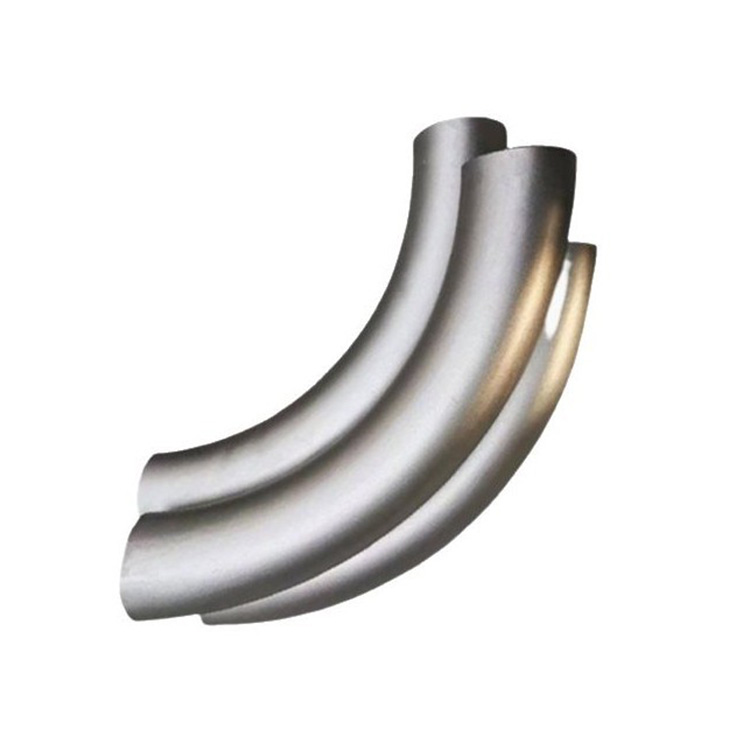

1. What Is a Stainless Steel Elbow? Key Features
A stainless steel elbow is a pipe fitting used to change the direction of flow in a pipeline—typically by 45°, 90°, or 180°. These elbows connect two pipes of equal or different nominal diameters.
The superior properties of stainless steel elbows stem from their alloy composition—mainly chromium (Cr) and nickel (Ni) in high concentrations (often over 20%), which enable the formation of a self-passivating oxide layer that protects against corrosion from water, steam, acidic or saline environments.
For instance, 316 stainless steel elbows, containing 2–3% molybdenum (Mo), are specifically designed to perform well in chloride-rich environments and are widely used in marine and chemical industries due to their enhanced pitting and crevice corrosion resistance.
2. Classification of Stainless Steel Elbows
a) By Angle
Standard Angles: 45°, 90°, and 180° are the most commonly used, with 90° being prevalent in right-angle flow transitions.
Custom Angles: Special angles like 30° or 60° are fabricated based on specific design needs.
b) By Bending Radius
Long Radius (R = 1.5D): Radius is 1.5 times the pipe diameter. Preferred for high-pressure or high-flow applications due to reduced flow resistance.
Short Radius (R = 1.0D): Compact in design and suitable for tight installations.
c) By Manufacturing Method
Pressed Elbows: Economical and suited for thin-walled applications; typically used in low-pressure systems.
Hot-Pushed Elbows: Formed by pushing heated pipe material through a die; suitable for medium- to high-pressure applications with uniform wall thickness.
Forged Elbows: Produced by high-pressure forging; highly dense and strong, suitable for demanding conditions.
Cast Elbows: Created through sand or precision casting; often used for complex geometries that are later machined for dimensional accuracy.
d) By Standards
International Standards:
ASTM A403 (U.S.) — Covers seamless and welded stainless steel fittings.
DIN 2605 (Germany) — Specifies dimensions and tolerances for elbows.
JIS B2313 (Japan) — Governs stainless steel butt-welding pipe fittings.
Chinese Standards (for reference in production): GB/T 12459 and GB/T 13401 cover welded and seamless pipe fittings but are excluded from international projects unless specified.
3. Technical Specifications
a) Dimensional Range
Nominal Diameter (DN): From DN15 (1/2”) to DN2000 (80”), accommodating a wide range of flow demands.
Outer Diameter (OD): For example, DN100 corresponds to OD 114.3mm (ASTM standard).
Wall Thickness (Schedule): Follows ASME B36.10 and B36.19 (e.g., SCH10S, SCh30S, SCH80S). A DN100 SCh30 elbow in 304 stainless steel typically has a 6.02mm wall thickness, supporting pressures up to 1.6MPa.
b) Weight Calculation
Theoretical weight depends on dimensions and material density. For instance:
Weight (kg) = 0.02466 × Wall Thickness (mm) × (OD − Wall Thickness) × Elbow Length Factor
A DN100 SCh30 304 stainless steel 90° long radius elbow weighs approximately 10.66 kg.
c) Connection Types
Welded: Offers superior sealing; used in high-pressure/high-temperature environments.
Flanged: Easy disassembly and maintenance; suited for low- to medium-pressure systems.
Threaded: Applied in smaller pipe sizes (DN ≤ 50); quick to install but with limited pressure tolerance.


4. Functional Role in Piping Systems
a) Directional Change
Elbows allow fluid direction changes while minimizing turbulence. In petrochemical applications, a 90° long radius elbow can reduce flow resistance by up to 30%, improving energy efficiency.
b) Connecting Varying Pipe Diameters
Reducing Elbows: Used to connect pipes of different sizes, controlling flow rates and enabling system branching.
c) Structural Protection
Shock Absorption: Helps buffer pressure surges and vibration. Installing an elbow at a pump outlet can reduce pressure fluctuation by 50%.
Backflow Prevention: When used with check valves, elbows assist in managing flow direction and protecting upstream equipment.
d) System Strengthening
Due to the high yield strength of stainless steel (e.g., 304 grade: 205 MPa), elbows significantly enhance the structural resilience of piping systems. In vertical water supply systems, this helps mitigate water hammer effects and ensures longer service life.
5. Industry TrendsInnovation
Modern advancements are transforming stainless steel elbow production and application:
3D Printing (SLM Technology): Enables rapid prototyping and complex geometries for high-performance elbows.
Nano-Enhanced Alloys: Incorporating nano-ceramic particles (e.g., nano-Al₂O₃) into 316L stainless steel improves wear resistance by over 40%, ideal for slurry transport pipelines.
Digital Inspection: Technologies like industrial CT scanning are being adopted to detect internal defects with high precision, achieving quality pass rates exceeding 90%.
Conclusion
Stainless steel elbows are indispensable components in industrial piping systems. Their corrosion resistance, mechanical strength, and adaptability to various connection types allow them to serve as the “joints” of industrial flow systems. From chemical plants to offshore platforms and urban infrastructure, stainless steel elbows continue to play a critical role. With ongoing innovations in materials science and manufacturing, these components are evolving toward greater reliability, safety, and environmental performance.
Valid References (InternationalNews-Safe)
ScienceDirect – “Thermal and Mechanical Properties of Stainless Steel Elbows in Pipeline Systems”
TaylorFrancis Online – “Design Standards for Stainless Steel Pipe Fittings: ASTM A403 vs. DIN 2605
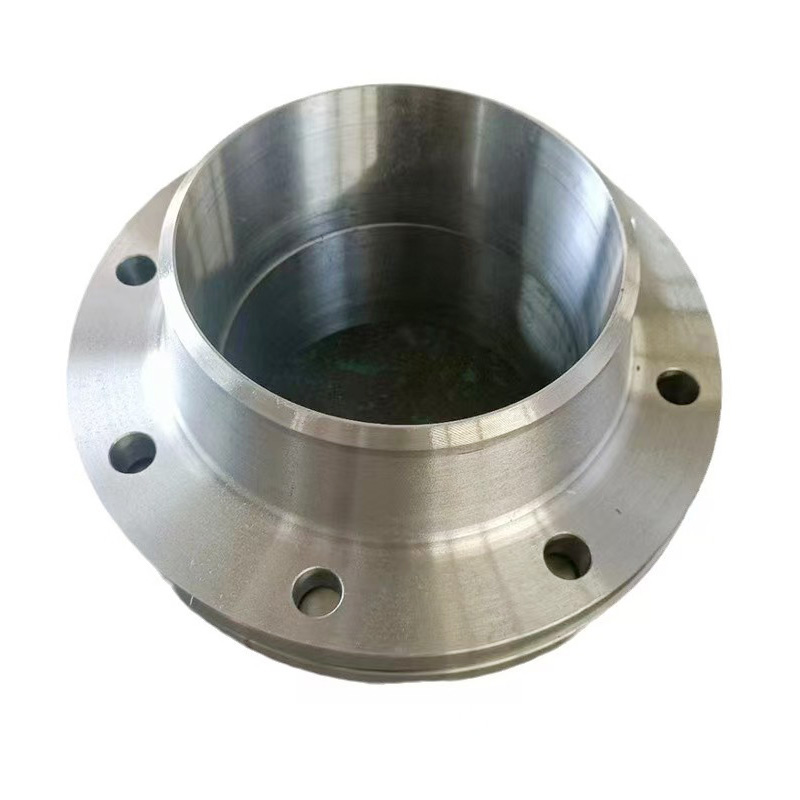
AWeld Neck Flange (WN Flange)is a type of piping flange designed to be welded to a pipe or ...
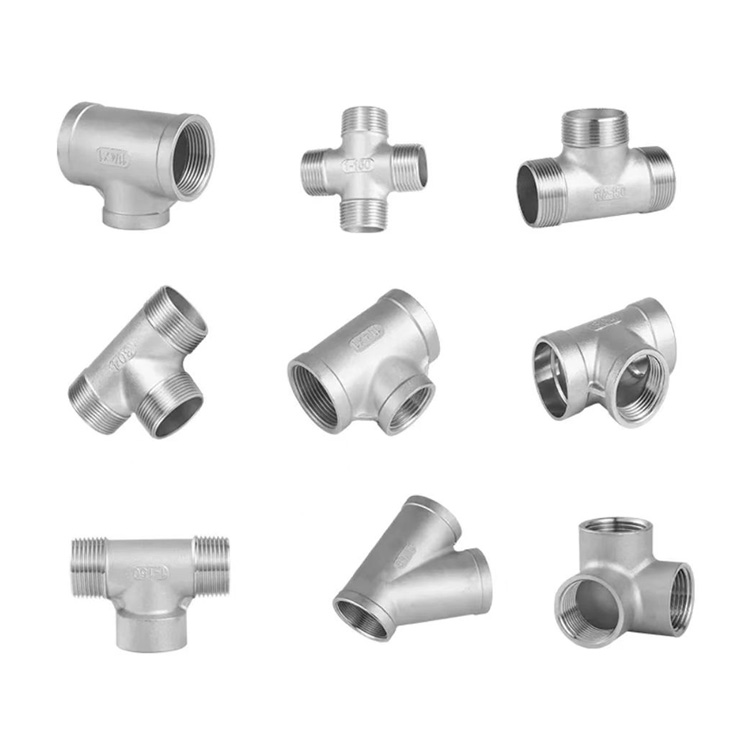
Socket fittings are essential components in piping systems, designed to connect, branch, or...
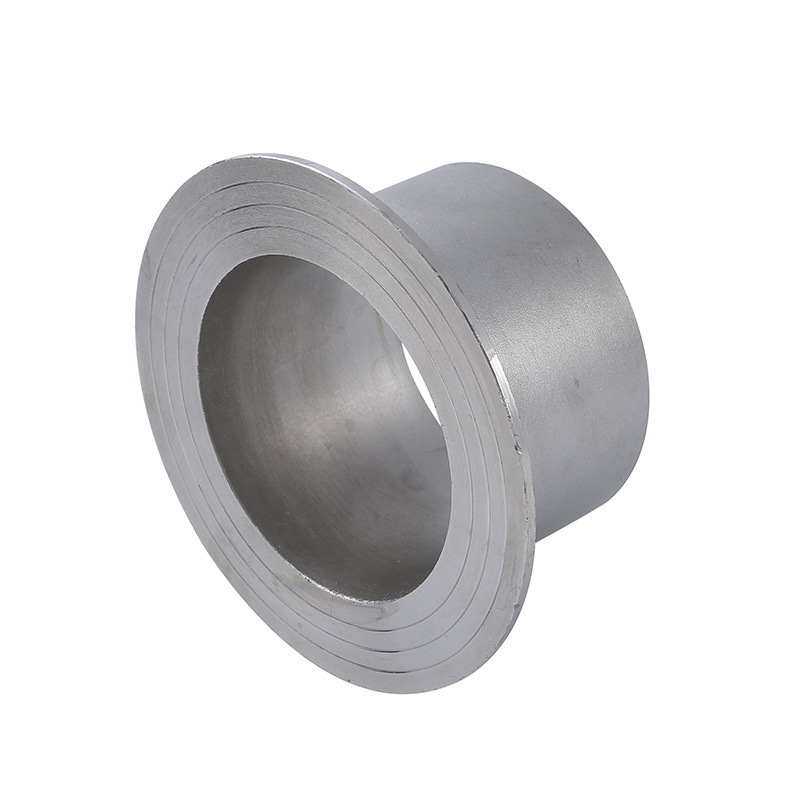
Welding ring is a commonly used metal ring component in pipeline connection or equipment do...
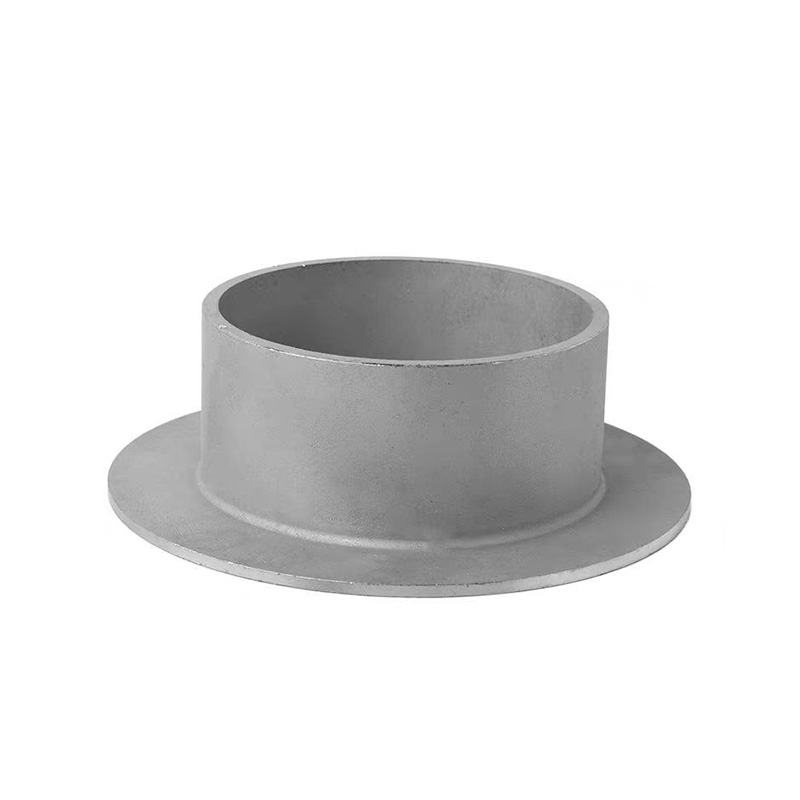
Welding ring is a pipe fitting used for pipeline connection. The following is its detailed ...






